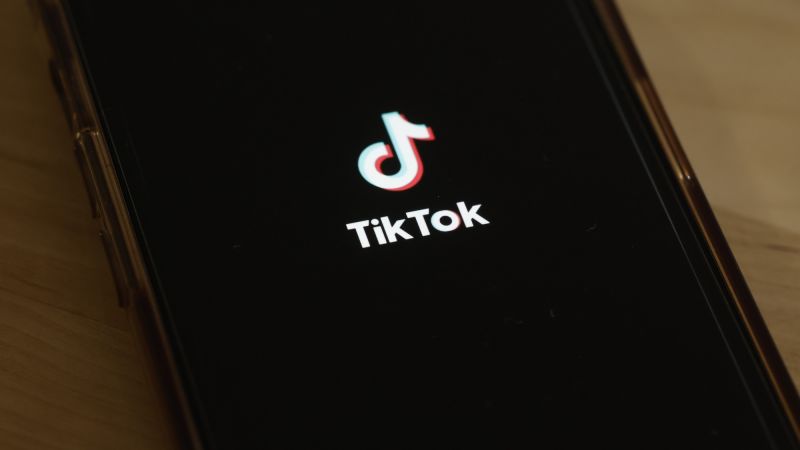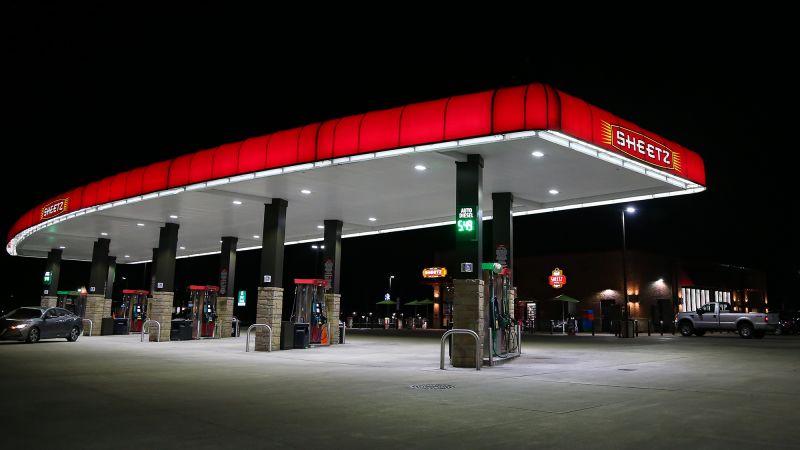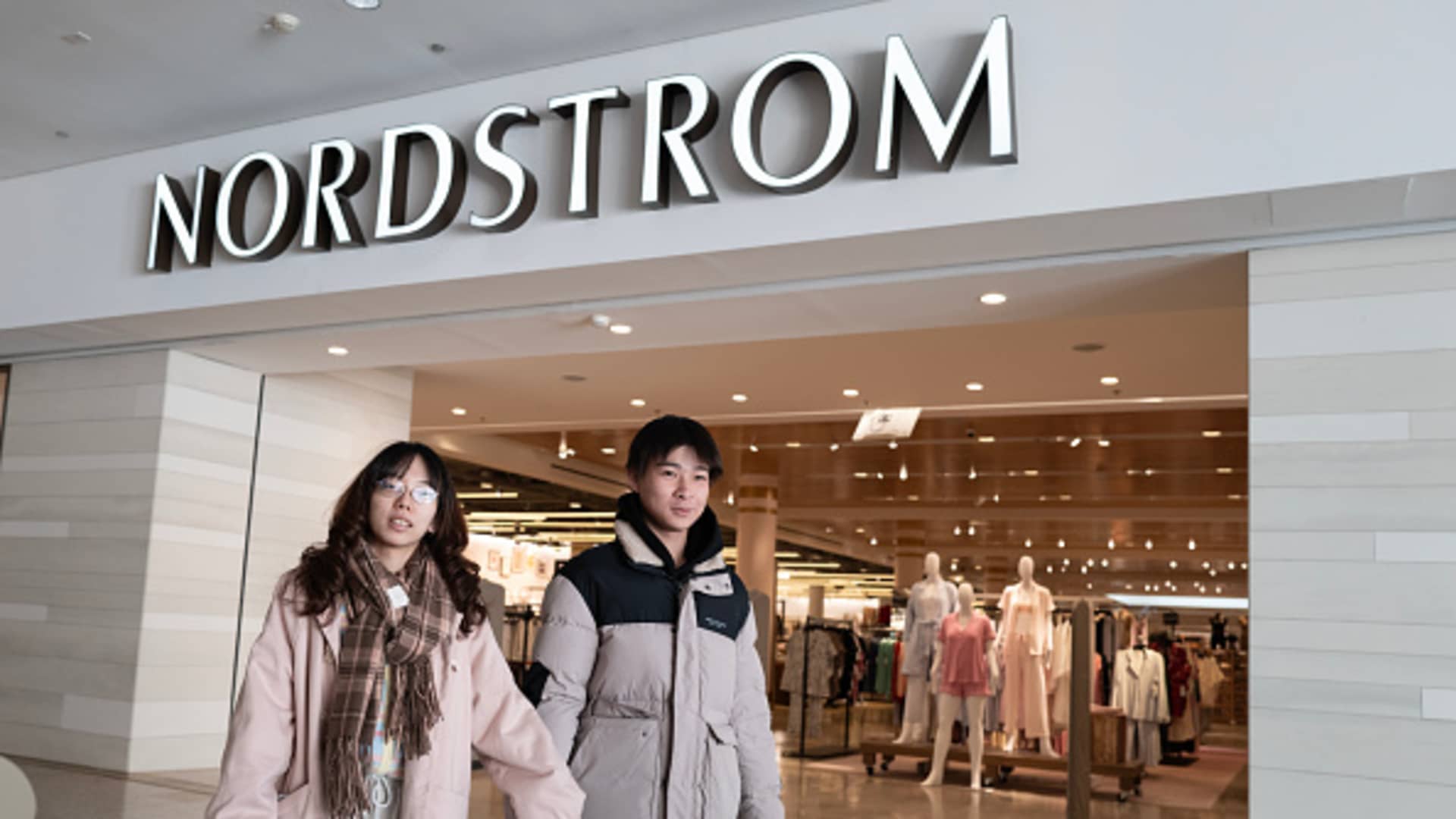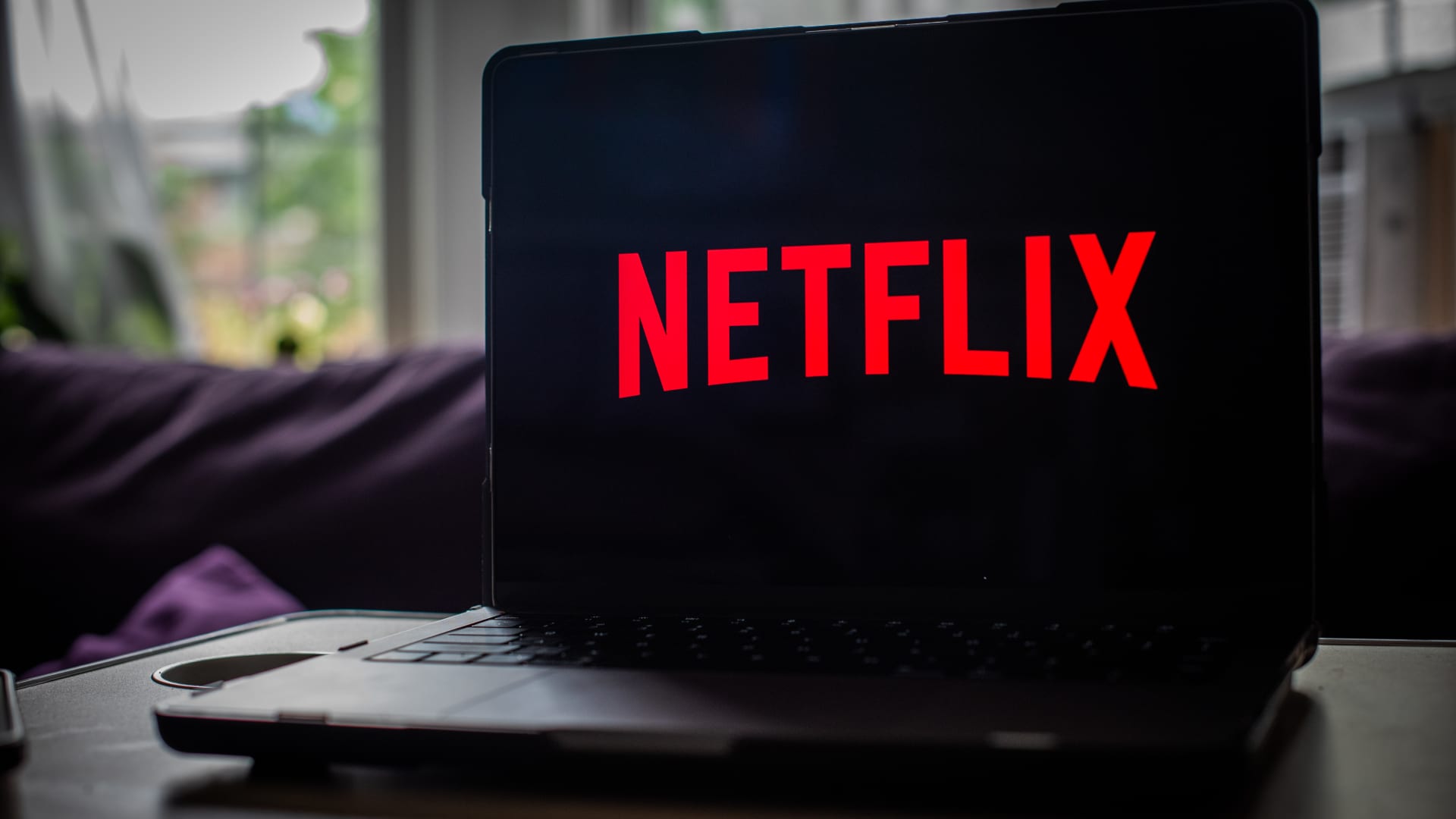Division I student athletes looked poised for victory in their Supreme Court battle against the National Collegiate Athletic Association over whether the organization may impose restraints on compensation related to education.
During 90 minutes of arguments held by phone Wednesday, the justices appeared skeptical of the claim made by the NCAA that payments to students for things like musical instruments and internships will sour fans who are drawn to the amateur quality of its competitions.
The case is the latest legal challenge over the NCAA’s compensation policies and comes amid a high-profile and related push by student athletes seeking to profit off their own names, images and likenesses. The NCAA’s March Madness basketball tournament will hold its championships for women and men on Sunday and Monday.
Justices appointed by both Republicans and Democrats seemed persuaded by arguments made by the attorney for the student athletes, Jeffrey Kessler, that the NCAA was violating federal antitrust law with its restrictions on education-related payments.
A federal district court struck down those restrictions and the 9th U.S. Circuit Court of Appeals affirmed the decision. The case was brought by Shawne Alston, who was a running back for the West Virginia Mountaineers, and other student athletes.
“These are competitors all getting together with total market power fixing prices,” Justice Elena Kagan told Seth Waxman, the NCAA’s attorney and a former U.S. solicitor general.
Elizabeth Prelogar, the acting solicitor general, argued in favor of the student athletes.
Waxman centered his arguments on the contention that NCAA sports had always been defined by their amateur quality, which he said meant that student athletes were not paid to play. He said that education-related benefits, “whatever their labels,” are effectively professional salaries.
The last time the Supreme Court made a statement on amateur athlete compensation, in the 1984 case NCAA v. Board of Regents of the University of Oklahoma, it said that amateurism excluded payments for athletic performance, Waxman said.
Kessler, in contrast, called Waxman’s arguments “just the latest iteration of the repeatedly debunked claims that compensation will destroy demand for college sports.” Kessler said that the definition of amateurism should be more narrow: That games are played by students.
Several of the court’s conservatives expressed concerns that the NCAA’s arguments were hypocritical or exploitative.
Justice Brett Kavanaugh said his “overarching concern” was that the sports organization was using the cover of antitrust law to exploit students.
Kavanaugh said it seemed as though schools were “conspiring with competitors to pay no salaries to the workers who are making the schools billions of dollars on the theory that consumers want the schools to pay their workers nothing.”
That, the former President Donald Trump appointee said, was “somewhat disturbing.”
Kavanaugh added that he believed the Board of Regents case Waxman relied on was “really was from a different era” and not persuasive.
Justices Samuel Alito, Clarence Thomas and Amy Coney Barrett also seemed disturbed by some of the NCAA’s arguments.
Thomas noted that NCAA coaches make millions of dollars, for instance, one of the key arguments made by those opposing the NCAA’s limitations on player pay.
“It just strikes me as odd that the coaches salaries have ballooned,” he said.
Barrett asked Waxman if it was really his argument that “consumers enjoy watching unpaid people play sports.”
“Yes, that is our line,” Waxman said.
While the justices seemed to favor arguments made by the student athletes, they were concerned about the prospect of more lawsuits popping up over every restriction on compensation.
Chief Justice John Roberts, perhaps the most sympathetic to the NCAA, likened the situation to a game of Jenga, where each block was one of the restrictions.
“You pull out one log and another and everything’s fine,” Roberts said. But he suggested that if courts overturned enough of the NCAA’s policies, the competitions would no longer really be amateur.
“All of sudden, the whole thing comes crashing down,” Roberts said.
Thomas asked Kessler if he would be back in court if “a consumer survey that suggests tomorrow that consumers think it’s fine for amateur athletes to make $20,000 per year.”
Kessler demurred. But, asked the same question, Prelogar, the Justice Department attorney, suggested that such a survey could prompt new legal challenges — and that it wouldn’t be a bad thing.
Prelogar said that the NCAA was mistaken in suggesting that the analysis of what differentiates its product should be based on the NCAA’s own beliefs about what makes sports amateur. What mattered, she said, was what consumers thought.
A decision in the case, Shawne Alston v. NCAA, No. 20-512, is expected by the end of June.





